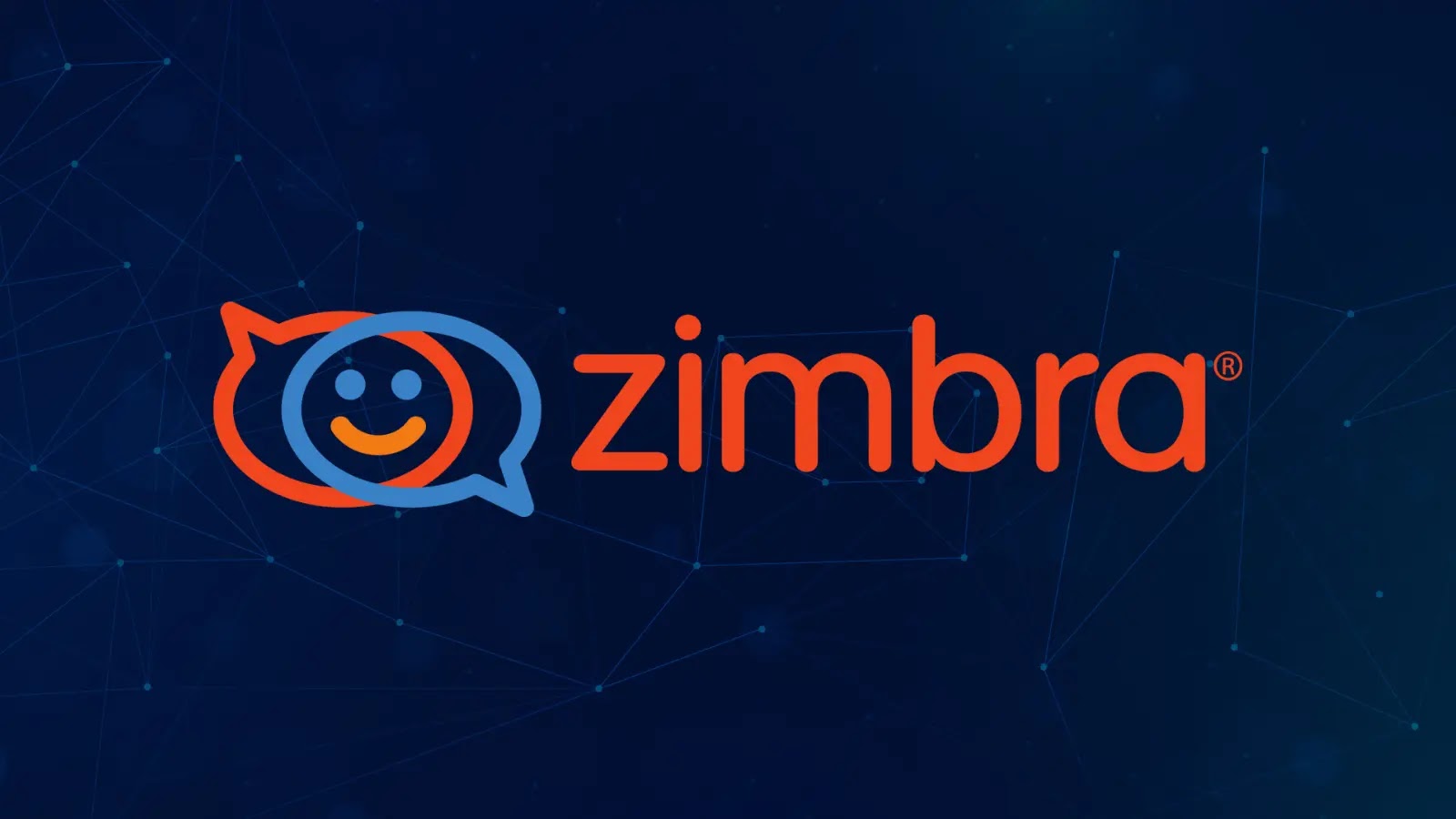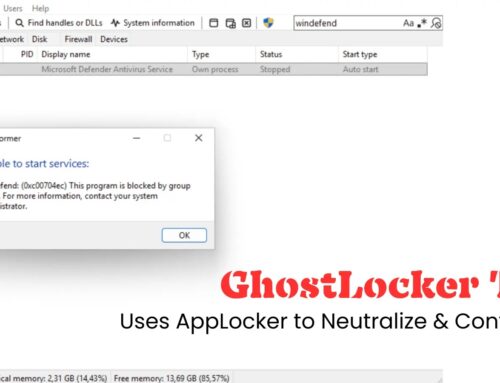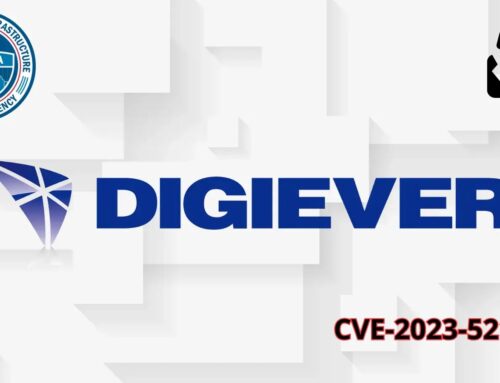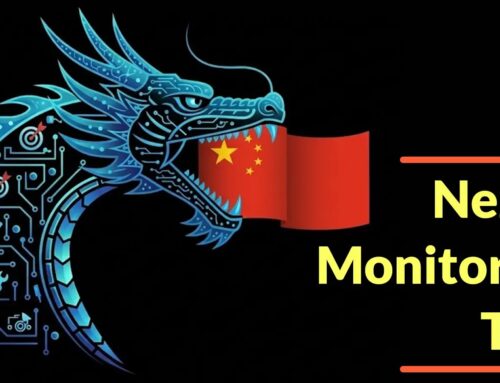
Critical Zimbra SSRF Vulnerability Let Attackers Access Sensitive Data
Urgent Patching Required: Critical Zimbra SSRF Flaw Exposes Sensitive Data
The digital landscape is under perpetual siege, and a recently disclosed Server-Side Request Forgery (SSRF) vulnerability in the widely utilized Zimbra Collaboration Suite has sent a clear message: patch immediately. This critical flaw, identified in the core chat proxy configuration component, poses a significant risk, potentially allowing attackers to bypass internal network defenses and access sensitive user data. For organizations relying on Zimbra, understanding the gravity of this vulnerability and implementing the prescribed remediation steps is no longer a recommendation—it’s an imperative.
Understanding the Zimbra SSRF Vulnerability
Server-Side Request Forgery (SSRF) vulnerabilities allow an attacker to coerce a server-side application into making requests to an arbitrary domain of the attacker’s choosing. In the context of the Zimbra Collaboration Suite, this means an attacker could trick the Zimbra server into communicating with internal services or external systems that it shouldn’t normally interact with, effectively bypassing access controls and firewalls.
The specific flaw in Zimbra, highlighted in a recent advisory, resides within the chat proxy configuration. This component, designed to facilitate secure communication, ironically becomes an unwitting accomplice in the hands of a malicious actor. By manipulating requests to this proxy, an attacker could force the Zimbra server to retrieve data from sensitive internal resources, including other servers, databases, or even cloud services connected to the network. This ability to access internal resources can lead to information disclosure, unauthorized data exfiltration, or even further network compromise.
Impact and Potential Exploitation
The potential impact of this Zimbra SSRF vulnerability is substantial. Successful exploitation could lead to:
- Unauthorized Data Access: Attackers might gain access to confidential user information, such as emails, calendars, contact lists, and other sensitive data stored within the Zimbra environment or connected internal systems.
- Internal Network Reconnaissance: An attacker could use the SSRF to map out the internal network, discovering other vulnerable systems or services that can be targeted for further compromise.
- Bypassing Security Controls: Firewalls and other perimeter defenses are designed to protect internal resources. An SSRF flaw effectively turns the Zimbra server into an attack proxy residing within the trusted internal network, circumventing these external safeguards.
- Potential for Lateral Movement: Once an attacker gains a foothold via the SSRF, they can leverage this access to launch further attacks against other internal systems, leading to a broader breach.
While the exact CVE for this specific Zimbra SSRF vulnerability wasn’t explicitly stated in the provided source, it’s crucial for administrators to monitor Zimbra’s official security advisories and the CVE database for the latest identification, typically in the format of something like CVE-2023-XXXXX once formally assigned.
Remediation Actions: Securing Your Zimbra Deployment
Zimbra administrators must prioritize immediate action to mitigate the risks associated with this critical SSRF vulnerability. The primary recommendation is to update to the latest patched version of the Zimbra Collaboration Suite.
- Apply Patches Immediately: Monitor Zimbra’s official security announcements and apply all recommended patches as soon as they become available. These patches specifically address the flaw in the chat proxy configuration.
- Regularly Monitor Logs: Implement robust logging and monitoring for your Zimbra servers. Look for unusual outbound connections from the Zimbra server to internal or external hosts that are not part of its normal operational pattern.
- Network Segmentation: Ensure that your Zimbra deployment is properly segmented from other critical internal systems. This limits the potential blast radius should an attacker successfully exploit the vulnerability.
- Principle of Least Privilege: Configure Zimbra and its underlying operating system with the principle of least privilege. Restrict network access and service accounts to only what is absolutely necessary for their function.
- Web Application Firewall (WAF): Deploy and configure a WAF in front of your Zimbra instance. A well-configured WAF can help detect and block suspicious requests that attempt to exploit SSRF vulnerabilities.
- Security Audits: Conduct regular security audits and penetration tests of your Zimbra environment to proactively identify and address potential weaknesses.
Tools for Detection and Mitigation
While direct patching is the most effective remediation, several tools can assist in detecting vulnerabilities, monitoring for exploitation attempts, and enhancing overall security postures:
| Tool Name | Purpose | Link |
|---|---|---|
| Zimbra Official Advisories | Source for official patches and security recommendations. | blog.zimbra.com/category/security-advisories/ |
| OWASP ZAP | Automated web application security scanner for identifying SSRF and other vulnerabilities. | zaproxy.org |
| Burp Suite | Comprehensive platform for web vulnerability testing, offers manual and automated scanning. | portswigger.net/burp |
| Nessus | Vulnerability scanner that can detect known vulnerabilities in Zimbra and other applications. | tenable.com/products/nessus |
| Suricata / Snort | Network intrusion detection/prevention systems (NIDS/NIPS) for monitoring suspicious network traffic. | suricata.io (snort.org) |
Conclusion
The disclosure of a critical SSRF vulnerability within the Zimbra Collaboration Suite’s chat proxy configuration underscores the continuous need for vigilance and proactive security measures. This flaw presents a serious risk of unauthorized access to sensitive data and internal network compromise. Administrators must prioritize immediate patching of their Zimbra systems according to official advisories. Beyond patching, implementing robust monitoring, network segmentation, and strong access controls are fundamental steps to harden your environment against such sophisticated threats. Staying informed about the latest security bulletins and acting swiftly remains the most effective defense strategy against evolving cyber perils.





